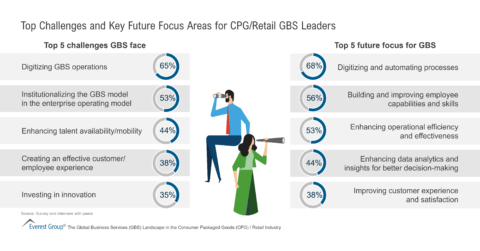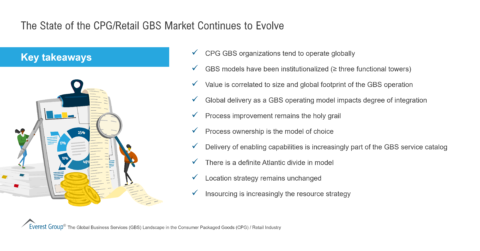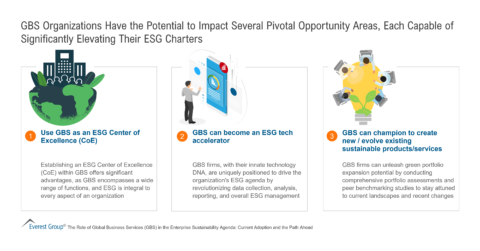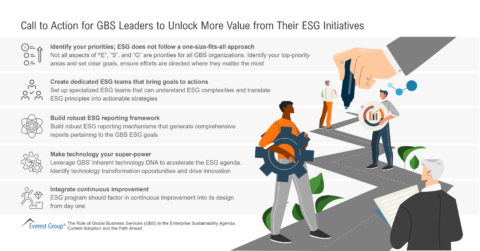Reimagine growth at Elevate – Dallas 2025. See the Agenda.
Filter
Displaying 1-10 of 201
Outsourcing Services Cost and Pricing: The Trends to Know to Focus on the Win | Webinar
On-Demand Webinar
1 hour
From Concept to Value: Strengthening GCCs Through Innovation | In-person Roundtable
December 2, 2024
10 a.m. – 1 p.m. IST
Gurgaon, India
3 hours
Key Opportunities for GBS Leaders: 2024 Learnings and 2025 Outlook | Webinar
On-Demand Webinar
1 hour











